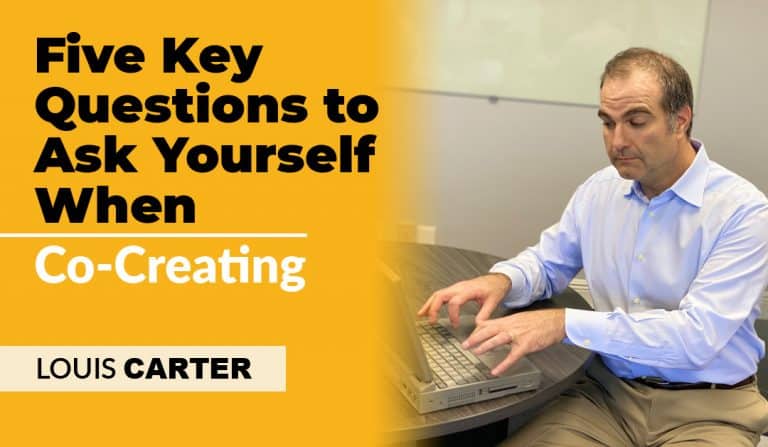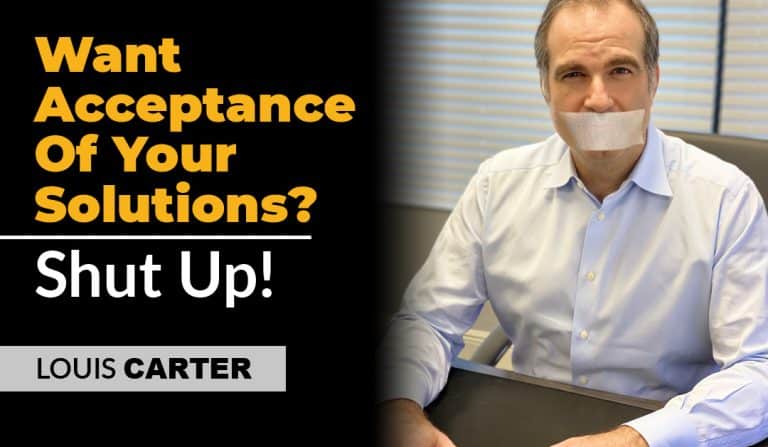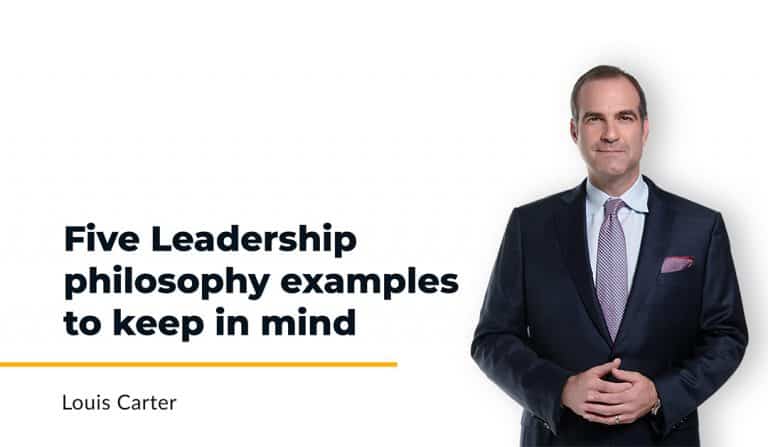At some point, it seems money will solve all our problems at once. Money buys wanted things, it helps to keep up with the Joneses, and it pays for the work we do. And, for reasons lost in history, too many employers remain stuck in time and motion mindsets when they organize work.
In one form or another, management and stakeholders assumed efficiency lay at the heart of all business performance. Analysts examined and revisited worker performance to find the most efficient method of completing a task. One early study of coal shoveling workers redesigned shovels to make their arduous work even more efficient.
The idea that employers should compensate employees for the speed and quality of their tasks still informs management approaches. Inc.com, for instance, puts compensation at the top of its list of nine ways to motivate employees saying, “Pay your people what they are worth.” Of course, you should pay people what they are worth – but that certainly doesn’t make them want to perform more and better for you.The research included in my new book, In Great Company offers a significant paradigm shift proving invaluable to profitable organizations.
5 things you can do
The idea of “happy” workers can present a linguistic problem because “happy” has its subjective perceptions. But it is clear employees suffer less stress, work more creatively, and contribute more when employers remove the barriers to their working with a focus on tasks in which they can lose themselves. Our research studied such “happy” workers and the context in which they performed trying to discern a prototype of “the most loved workplace.”
Jenny Darroch, Dean and Professor at The Peter F. Drucker Management School, summarized the link Drucker made between change and success. “Change leaders ask questions, listen, and observe, filter what is discovered through the lens of who the customer is and what the customer values, place bets, abandon the old, and serve as excellent executors of strategy”
Leaders start with deep and wide observation, immersing themselves in the flow of employee work and the personalities they bring to the task. Where consensus proves weak, they fix the work or the teams. Where questions are not asked, leaders ask the questions. And where organization individuals have not met customers, leaders initiate the relationships.
The change leaders running the best performing organizations have come to share the human value in emotional connectedness, the human sense of belonging linking family members, community efforts, faith groups, sports teams, and more.
They find success in adopting the behaviors listed here:
- Make collaboration a method and goal!
Systemic collaboration gets to the core of true functional collaboration, a part of the inner-workings of the organization and its decision-making processes. Employees work well in small teams where they can co-create results in sharing information and advice freely, where contributions are respected, and where their feedback is used. Encouraging and modeling collaboration creates and sustains social connections that prove emotionally satisfying to the employees.
- Ensure a futures focus!
Change requires surrendering the past. All organizations tend to protect and continue the patterns they know best. They are not inclined to reinvent any wheels. But the continuity is an illusion. It only sustains a sameness which loses market demand in time. Future markets demand innovation and the passion to make it happen. And that requires workers moving forward in a unified way. To move an organization from the status quo, change must show the way, draw the map, and model the alignment.
- Align the values!
As organizations move beyond values like efficiency, they aver their commitment to higher values like honesty, integrity, transparency, and customer satisfaction. The resonance with personal beliefs connects concerns and efforts. Of course, nothing happens until everyone embraces the values in common effort. Granular practices include doing what you say you are going to do or speaking truth instead of avoiding it. More conceptually challenging practices include living espoused values and ethics.
- Use respect as currency!
Respect must be the organization’s language and currency. As respect becomes compensation, it values and connects persons and their capabilities. It becomes a social currency with reciprocal values in exchange. From “Well done!” to trophies and plaques to newsletter headlines, and so on. The respect is a constant, a fiber and glue holding the organization together and perhaps leaning forward. It informs practice, plans, and performance.
- Deliver killer achievements!
Achievements feel hollow unless both the individual and organization get something out of them. Killer achievement delivers a combination of financial and emotional benefits amplifying the effect for everyone. Employees love a workplace that empowers people to focus on the customers and critical goals while eliminating extraneous minutia. In this case, emotional connectedness is markedly deepened when people have objectives that are simply stated and when the system removes competing interests blocking the path to success. Critical to this dimension are identifying and measuring the elements most important to the organization and allowing easy options for executive coaching, leadership and organization development.
The profit in performance
A workplace established on emotional-connectedness makes sense and dollars. Consider the likes of Zoom Video, In-n-Out Burgers, LinkedIn, Trader Joe’s, Southwest Airlines, St. Jude’s Children’s Research Hospital, Lawrence Livermore Laboratory, Wegman’s Food Markets, and more listed by Glassdoor’s 2019 Best Places to Work.
Chief among the habits of their employees is their constant willingness to brag about their workplace, affirm what it means to them, praise their co-workers, and recommend working there.
Louis Carter, MA is author of over 10 books on best practices in leadership and management including Change Champion’s Field Guide, Best Practices in Talent Management, and In Great Company. He is one of the top advisors to C-level executives – helping them and their organizations achieve measurable results. Carter is the recipient of ELearning! Magazine’s Trailblazer Award, HR Tech Conference’s Top Products Award, and Leadership Excellence Magazine’s Best in Leadership Development for his work as Chairman and CEO of Best Practice Institute. He received his MA in Social/Organizational Psychology from Columbia University
Websites: https://louiscarter.com http://www.bestpracticeinstitute.org
Works Cited
Carter, L. (2019). In Great Company. New York: McGraw-Hill Education.
Darroch, J. (2017, June 2). How to Manage through Change, the Drucker Way: Where are the Change Leaders? Retrieved Feb. 20, 2019, from HuffPost: https://www.huffingtonpost.com/entry/how-to-manage-through-change-the-drucker-way-where_us_5930f752e4b0649fff2117cb
Economy, P. (2016, March 16). 9 Super Effective Ways to Motivate Your Team. Retrieved Feb. 22, 2019, from Inc.com: https://www.inc.com/peter-economy/9-super-effective-ways-to-motivate-your-team.html






